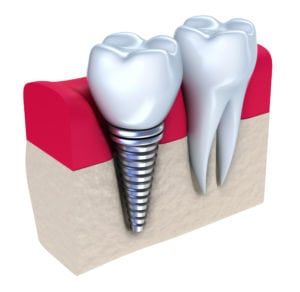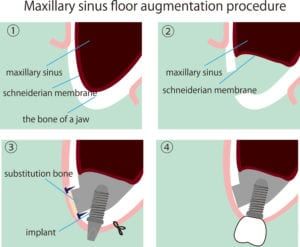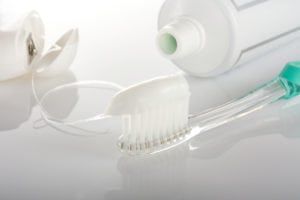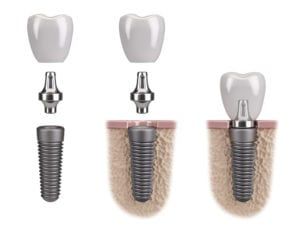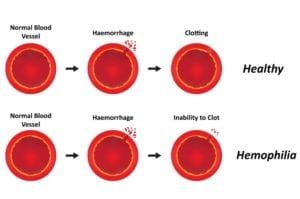There is a wide range of procedures at the disposal of periodontists for the treatment of periodontal diseases and conditions. When multiple treatment choices are available, the American Academy of Periodontology supports the use of the most minimally invasive and cost-efficient option. Often, this means that patients can undergo non-surgical treatments to restore periodontal health. Examples of non-surgical periodontal treatments include:
- Scaling and Root Planing – This procedure is used to remove bacteria and built-up tartar from deep within the gum pockets surrounding the teeth. It usually involves supplemental therapy, such as the use of topical antibiotics.
- Tray Delivery – Used to treat periodontal disease, tray delivery systems are at-home antibiotic treatments used in pre-measured trays.
Did you know…
that periodontal disease is a serious epidemic throughout the U.S.? Although the disease is not contagious, it can be found in half of all adults over the age of 30. According to the Centers for Disease Control, periodontal disease can range from mild (gingivitis) to severe (periodontitis). Approximately 16 percent of Americans have either the mildest or most severe forms of periodontal disease, leaving about 30 percent with a moderately advance case of the disease.
Frequently Asked Questions
Am I a candidate for non-surgical periodontal treatment?
Only your periodontist can tell you if you are a candidate for non-surgical periodontal treatment. However, non-surgical treatments are typically only available to patients with mild to moderate periodontal disease. Schedule a consultation with your periodontist to find out if non-surgical treatment is right for you.
What should I expect during a non-surgical periodontal treatment?
Your experience will vary depending on the type of treatment you receive. If you have especially mild periodontal disease, you may be given a custom-fitted tray delivery system for use at home. However, many patients undergo in-office scaling and root planing. During this procedure, you’ll be given a local anesthetic to prevent discomfort, and a small probe will be used to remove tartar and smooth the tooth’s root to prevent bacteria build-up.
Will I need to follow any special instructions following non-surgical periodontal treatment?
In the days following your scaling and root planing treatment, you may experience heightened tooth sensitivity. Use a sensitivity toothpaste and try to eat only soft foods to prevent pain. If you were prescribed antibiotic, be sure to take it according to your periodontist’s instructions.




























































































































